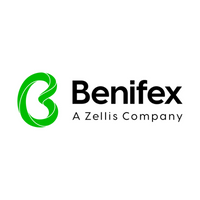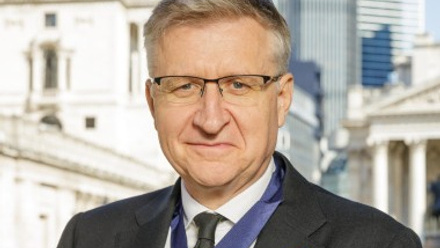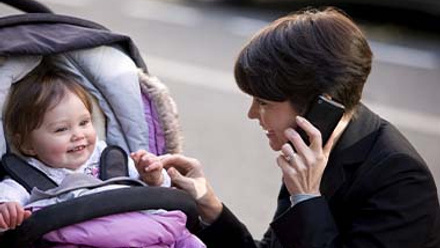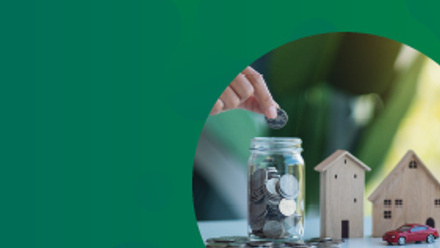The role of gamification in HR
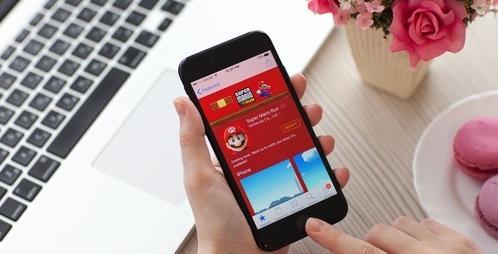
Although the word itself may have only been popular for a few years, the principles of gamification have been around forever. Think about when you would collect ‘House Points’ at school, or when your kids compete with friends and siblings to complete a “toothbrush tracker”; you’ve come across many instances of gamification. But how is it relevant to HR and the workplace?
Work should be fun
We spend most of our lives at work, so why shouldn’t it be fun? Creating fun in the workplace is key to improving employee engagement, so this is where gamification comes in.
Throughout our induction process, new employees play games in order to learn about the business and the industry. We have ‘Play Your Benefits Right’, ‘Benefits Roulette’, and the ‘Benefex Quiz’. Gamification isn’t just useful for the learning process though (not that we ever stop learning!) but it’s valuable throughout our normal days, too…
The nature of gaming encourages productivity
Web psychologist, Nathalie Nahai, talks about the addictive nature of games, and how we enjoy going back for more, often when the game is particularly repetitive (Pac-Man, Angry Birds etc.)
Although you would think that a repetitive game would quickly become tedious, it’s the desire to challenge our previous turns and feel like we’re improving which makes gamification so effective when applied to a monotonous task.
Games give us a more tangible purpose and target than just our everyday duties. So, beating yesterday’s/last month’s/last year’s targets/scores etc. helps to increase productivity, as does friendly competition with colleagues. Games also fulfil our desire for increased competence. Working towards a tough (but realistic) goal which pushes our boundaries allows us to be completely immersed in the task and leads to increased productivity.
Gamestorming
Yeah, that’s right. Another new word. Gamestorming was introduced (as far as we know) officially in the 1970s in Silicon Valley. Essentially, it’s a revamp of traditional group ‘brainstorming’. You may have seen psychological studies about ‘Glorious Headspace’: the idea is that the ‘Eureka’ moment happens when the brain is otherwise occupied and the subconscious solves the problem you have.
How many films and TV programs have you seen where the lead character suddenly has a moment of brilliance mid-way through cooking dinner or chatting to their kids? Gamestorming can have the same affect; allowing the brain to think freely while occupied on an activity. Innovative companies like Google and Pixar do this a lot.
Financial wellbeing
Gamification can be a valuable tool here. Way back sometime in the ‘90s, I opened my first building society account. Nationwide cajoled me into putting my money aside, by giving me a ‘savings card’ with some sort of Ray-Ban-wearing cat on it, which got stamped every time I deposited £10 or more.
I’d get rewards (stickers, badges etc.) each time I hit a milestone £50. This is a pretty basic, very ‘90s example, but the principles remain the same into 2016. I bet if you look in your bag or wallet right now, you’ve got a loyalty stamp card in there somewhere.
Setting tailored targets for financial wellbeing goals is a version of gamification, as is encouraging competitiveness between colleagues with in-house competitions, like ‘Employee of the Month’ or ‘Salesperson of the Year’.
Gamification in communications
Financial wellbeing messages can be easily conveyed through gamification across to your workforce. Small games like the Google Doodles you’ll have seen can be a great pre-cursor to an underlying message.
Setting up a fitness competition between teams using wearables can really help improve health & wellbeing at work. Gamification doesn’t necessarily have to be digital though; on match days, football teams often promote a “Lucky Programme” competition to win the match ball. The result? Plenty of programme sales and audience engagement with a different aspect of the game. Plus some great photos to use in the next programme.
Games at work
We’ve looked quite a bit into how various games affect us in the workplace. We know that when we’re kids, we learn best through play, and this doesn’t stop when we’re adults. Gamification doesn’t just help us learn, it helps us become more productive and effective in completing our tasks as well.
Gamification at work also encourages engagement; remember the Pokémon GO! phenomenon of the summer? Ok, maybe that’s just an example of a game rather than of gamification, but in getting us outdoors and enjoying our lunchbreaks with colleagues, it worked wonders for our overall health and engagement.
So, there you have it; all those times you’ve told your kids to stop playing computer games? Well, they might just come in handy at work. (Don’t tell them that though…)
Sophie Gane is copywriter at Benefex.
This article was provided by Benefex.
Supplied by REBA Associate Member, Benifex
The home of award-winning employee benefits, reward, recognition, & communications.

